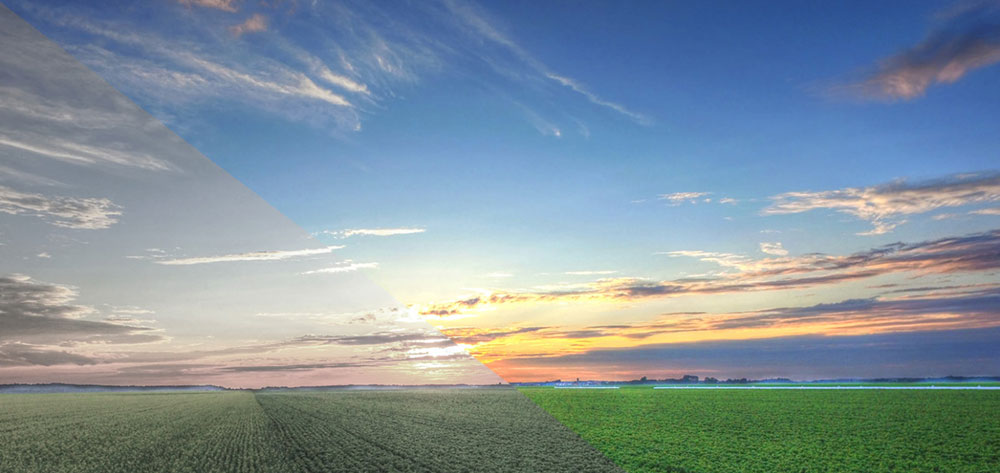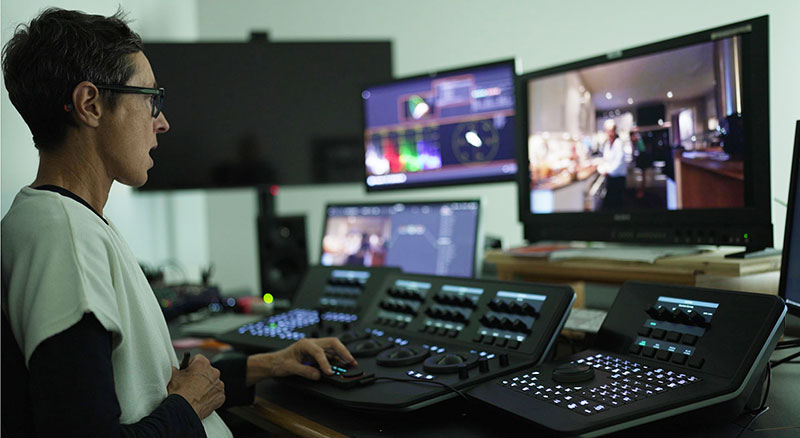Advanced HDR by Technicolor’s high dynamic range production and display tools are now fully integrated into ATEME TITAN video processing applications to simplify HDR live content delivery.

ATEME, a video delivery systems developer for broadcast, cable TV, DTH, IPTV and OTT, has integrated Advanced HDR by Technicolor’s high dynamic range (HDR) production and display tools – into its TITAN applications.
TITAN is ATEME’s software for video processing is designed for broadcasters, content owners and service providers who need to deliver high-quality video content efficiently across various platforms and screens. The Advanced HDR by Technicolor set of HDR production, distribution and display tools are a collaboration between Philips, InterDigital and Technicolor, and use machine learning (ML) to achieve the best possible image quality with the goal of upgrading the consumer’s viewing experience.
According to Valerie Allie, Senior Director of the Video Solutions Group at InterDigital, Advanced HDR by Technicolor's integration into ATEME's TITAN has several advantages for users, mainly due to TITAN's high-efficiency compression.
“Integrating Advanced HDR by Technicolor directly into TITAN simplifies the delivery of HDR live premium content in the Advanced HDR by Technicolor format. It allows larger deployments and creates opportunities for broadcasters, including rights owners. While workflows are simpler, they open new options for broadcasters and streaming providers to maximise and scale their HDR distribution capabilities,” said Valerie.
Dynamic Efficiency
As well as saving on bandwidth and storage requirements, TITAN preserves the quality of diverse types of content – including UHD, 4K and HDR – at very low bitrates, helping to maintain low latency across most platforms and limit rebuffering. As an all-software system, it is readily scalable and runs on-premises on an appliance or in a virtualised environment, and off-premises in a private or public cloud.

Advanced HDR by Technicolor works through two dynamic, tunable, real-time components. One of them, Intelligent Tone Management, up-converts SDR content to HDR while allowing the user to manage contrast, brightness and colour saturation.
The Single Layer HDR (SL-HDR1) tool implements the ETSI SL-HDR standards to generate and deliver a single, consistent broadcast stream starting from combinations of input content, live or recorded, across a range of HDR formats (HDR10, HLG, S-LOG3). It transforms the HDR input streams into SDR-plus-metadata streams, which compatible receivers can use to generate adaptable HDR images capable of optimising viewers display devices. SL-HDR1 is backward compatible for those without HDR devices.
Evolving Relationship
The development of this integration is part of the evolving relationship between ATEME and Advanced HDR by Technicolor. As well as the current implementations of Advanced HDR by Technicolor tools in production, playout and file-based conversions, the integration of the software with ATEME’s TITAN increases scalability and deployment capabilities for broadcasters.
It is now possible, for instance, to access the capabilities of different vendors to deliver premium HDR viewing experiences to consumers - HDR content enabled by Advanced HDR by Technicolor can be delivered along with AVC, HEVC and VVC codecs and from any SDR or HDR source content.
www.ateme.com




















